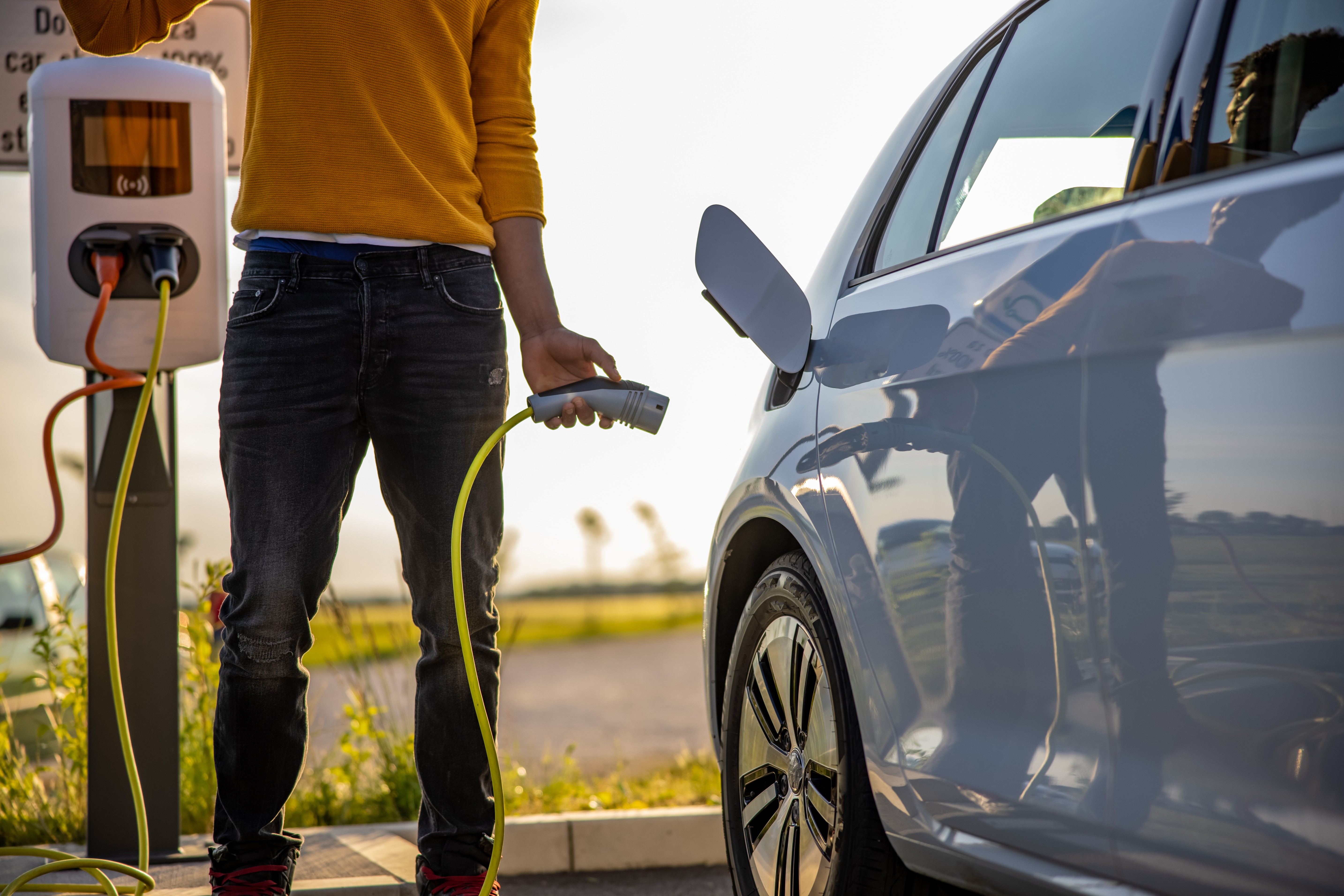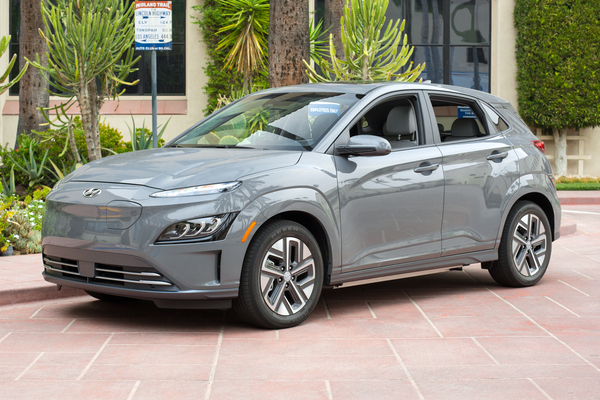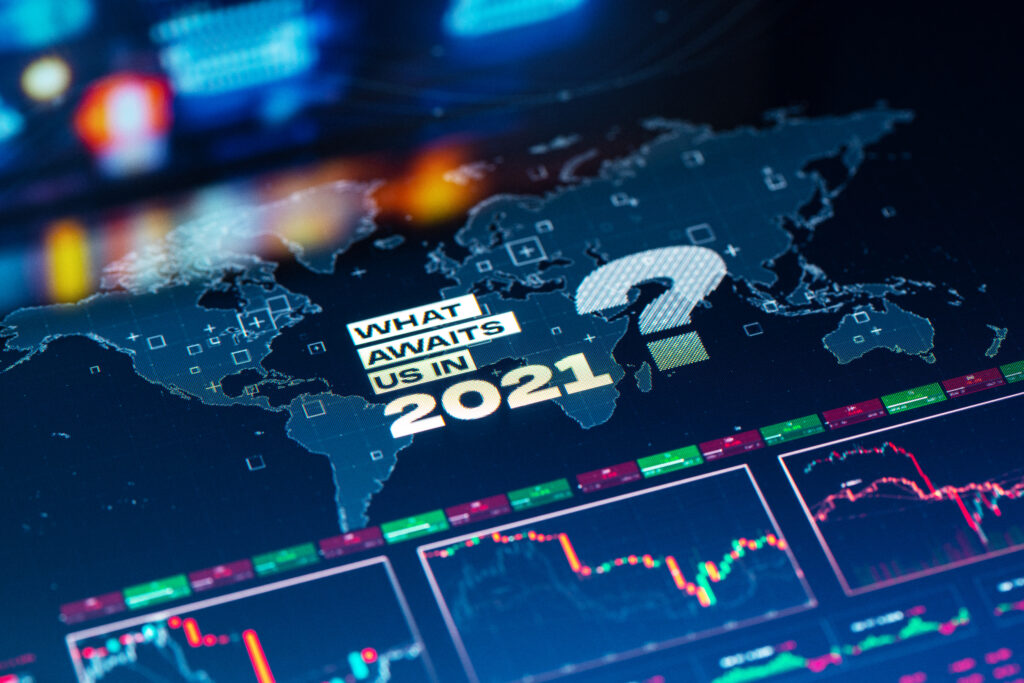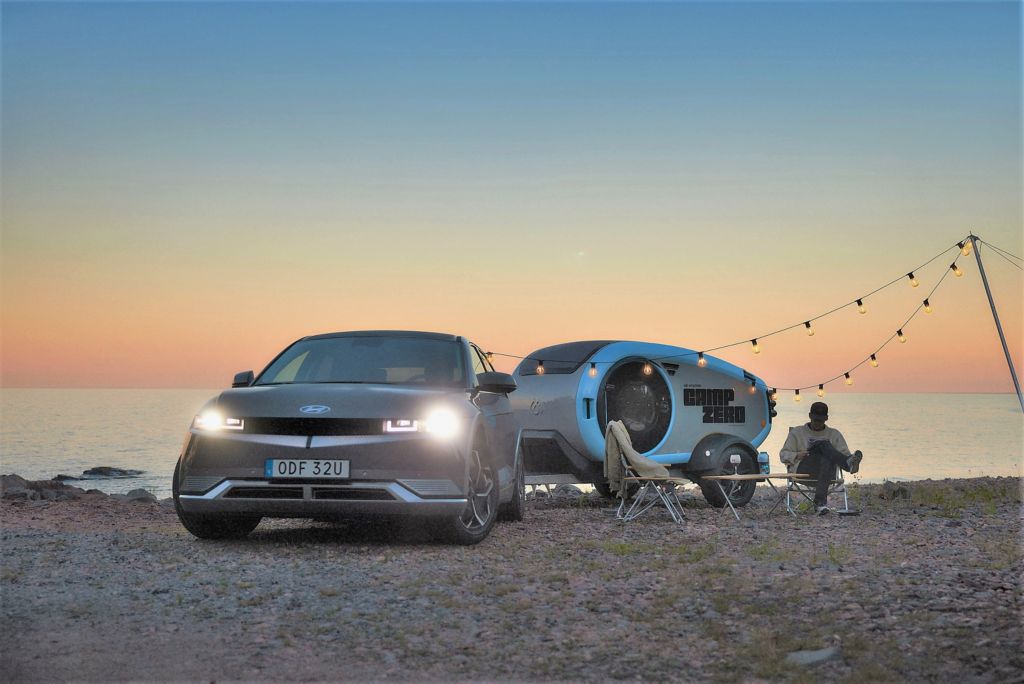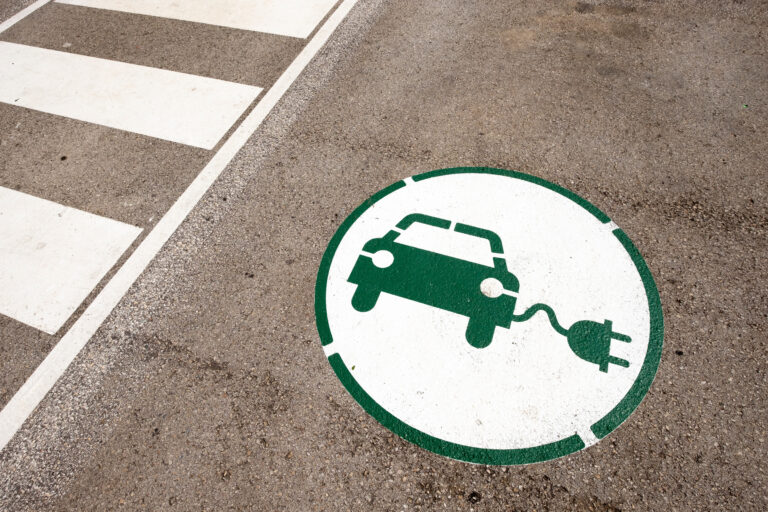
As electric vehicles grow in popularity across the U.S., charging will inevitably place increased demand on the electric grid as drivers tap electric resources instead of filling their gas tanks.
AAA Northeast sought answers to some of the pressing questions from Erin D’Amato, partnerships director at Uplight, a technology partner of energy providers transitioning to a decarbonized future. Here’s some of her insights about the impact of EVs on the grid, how manufacturers and utility companies might work together and how utility companies can help EV owners save.
How prepared is the electric grid for an increasing number of EVs on U.S. roads?

The grid is undergoing the largest transformation in its 140+ year history across all kinds of industries, from increasing renewable energy generation to more homes installing rooftop solar and battery storage. It is changing at a fundamental level from what was a relatively simple task of balancing energy supply with demand to acting much more like a connected network of devices.
And despite what you may have heard, electric vehicles are coming: More than one million were sold in 2023, and 26 million are expected to be on the road by 2030. How the grid infrastructure changes over the next few years will determine if they become a drain on the grid or can be leveraged as a massive resource. Americans use about 369 million gallons of gas per day, so as garages morph into new-age gas stations, the grid—and drivers—must be prepared.
What risk does a growing number of EVs in the U.S. present for our grid infrastructure?

If everyone went out and purchased a new EV today, and we all plugged them in at the same time, we would certainly overload the grid. The good news is that this is not reality. EVs will be adopted over time, and utilities are getting good at “seeing” when one comes onto the grid through smart meter data and the unique signature that an EV produces when it’s plugged in for charging. Armed with this data, utilities can model scenarios for EV adoption and charging and account for this demand as they plan grid upgrades.

What changes would make it possible for wide scale EV adoption without significant strain on the grid?

In addition to being a primary source of transportation, EVs are also large, rolling batteries—essentially units of energy that can store, and give back, power. Car manufacturers are increasingly incorporating the ability for an EV to both take on a charge, as well as give back energy, called bi-directional charging, or sometimes “vehicle-to-grid” technology.
With this technology, EVs now become a valuable asset for the grid—whether it’s acting as a generator for your home when the power goes out, or providing power back to the grid when it needs it most. EV owners can then get compensated for providing this service, and smart software can ensure that you have the charge you need in the morning when you’re ready to go to work.
What do those considering purchasing an EV need to know about charging? What resources are available to them?

Eighty percent of EV charging happens at home. And the vast majority of trips taken by drivers are short – on average, drivers go an average of 30.1 miles per day. So, for most drivers, simply plugging in your car into a regular outlet at home at night is a fine charging setup. However, there are many ways to save money on electricity, charge faster and even potentially make some money back.
To save money, consider signing up for a managed charging or special EV rate offered by many utilities. The rate you pay to charge your car will go down significantly if you charge at low-peak or off-peak times, usually starting around 8 p.m. or 11 p.m. An EV owner can delay charging directly through their car’s programming or through a third-party charger.
To charge your car faster, and still save money, consider installing a level 2 charger, which pulls electricity from a 240-volt outlet (like your electric dryer uses) instead of a standard 110-volt outlet. These chargers can be easily installed by a qualified electrician and there are all kinds of incentives available to make this more affordable. Once installed, the chargers can be programmed to charge during off-peak hours to save money on an ongoing basis. Your utility’s website is a great place to gather information, and some have even partnered with companies so you can schedule a charger installation right from their site, including adding any applicable rebates.
What role do utilities play as the number of EVs in the U.S. grows?

Historically, utilities and car companies have not had to collaborate with each other. Now that cars will be powered by electricity, these entities will be more and more connected. We are seeing car companies forming energy divisions and utilities dedicating more and more resources towards transportation needs.
As regulated entities, utilities are required to provide safe, reliable, and affordable energy in an equitable manner across their territories. While not perfect, we know from our research that consumers trust their utilities the most when it comes to energy decisions. As everything from the way you heat your home to how you get to work becomes more electrified, utilities are offering an ever-increasing number of programs to help energy customers better understand their energy use and ways to save. When considering an EV purchase, utilities are an often overlooked resource for ways to save money, charger rebates and incentives and even electrician referrals.
AAA’s Recommendation: Whether you own an electric vehicle or a gas-powered car is up to you – and you should consider lots of factors in making that choice. No matter what type of vehicle you’re choosing, we recommend visiting a dealership, test driving one, and asking as many questions as possible to make an informed decision.










